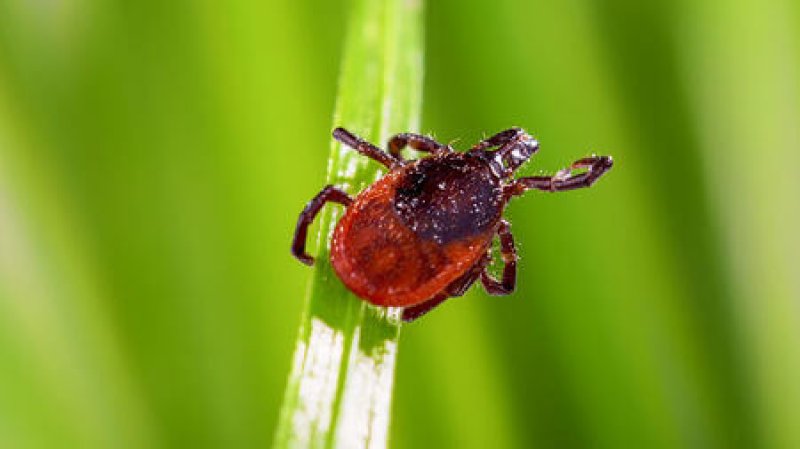As the threat of Lyme disease grows and fears surrounding it spread faster than the ticks that carry the infection, researchers are developing two vaccine or vaccine-like approaches to prevent this increasingly problematic disease. But don’t expect to get one soon. They are at least three to five years away from clinical use, according to their developers.
That may seem like a long time to wait… . But it’s taken researchers almost two decades to get this close — for the second time. Developers have faced an uphill battle since LYMErix, a short-lived human vaccine, was pulled from the market in 2002 amid low demand and lawsuits over potential side effects, not to mention mounting distrust in vaccines.
…
As work moves forward on these two new approaches, here’s the question on many minds: Is the market ready for a new Lyme disease vaccine?
One of the new approaches is a vaccine, which works by stimulating the immune system to make antibodies that can attack Borrelia burgdorferi and other types of Borrelia, the bacteria that cause Lyme disease. The other is an injection of a single antibody.
Read full, original post: Can a New Lyme Disease Vaccine Overcome a History of Distrust and Failure?































